Imaginary Accord
11 April–11 July 201511 Apr–11 Jul 2015
#ImaginaryAccord
The Institute of Modern Art (IMA) is one of Australia’s oldest independent art galleries, and its history coincides with the development of contemporary art in this country. Its original mission from 1975 was to foster research and experimentation by Australian and international artists through exhibitions and publishing, and to educate the public about contemporary art.
It’s no coincidence that the IMA emerged at a time when artists were mounting a critique of art institutions in the 1970s. It was an opportunity to imagine what a new, non-collecting space for contemporary art in Australia might look like. Within a couple of decades, the critique of art institutions had been well and truly absorbed by curators and institutions themselves. But are art institutions still subject to re-evaluation and even transformation? How might we reimagine and redefine the contemporary art institution in our current decade, a time of great change for both contemporary art and the spaces it’s exhibited in?
To mark our fortieth anniversary, the IMA is currently embarking on a year-long project, Imaginary Accord, which explores this institution’s historical mission, while imagining what it could mean today and for the future, through an exhibition, a lecture series, a symposium, and a publication. The title suggests that the connection between each artwork, idea, and participant lies initially in the imagination of the curator and artists and finds new form in the minds of audiences. This proposition is extended through the symposium and lecture series. Is an art institution only an imagined state—a temporary constellation of agreements, negotiations and arrangements—or is it something more fixed? Featuring artworks and contributions by fifteen Australian and international artists and groups, the Imaginary Accord exhibition will grow and change over the course of three months.
Throughout the year, the Imaginary Accord lecture series and symposium What Can Art Institutions Do?, features leading international and Australian artists, curators, and writers sharing ideas, models and visions for the contemporary art institution. Dates and details for each event are available here.
The book, Imaginary Accord, includes with contributions from exhibiting artists and speakers.
Imaginary Accord Sponsors
![]()


![]()
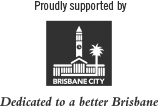
Artists
Curated By
- Aileen Burns and Johan Lundh






